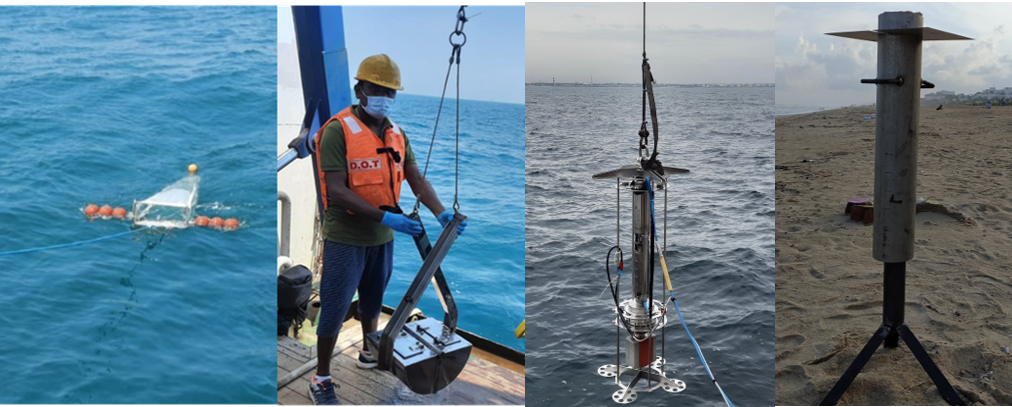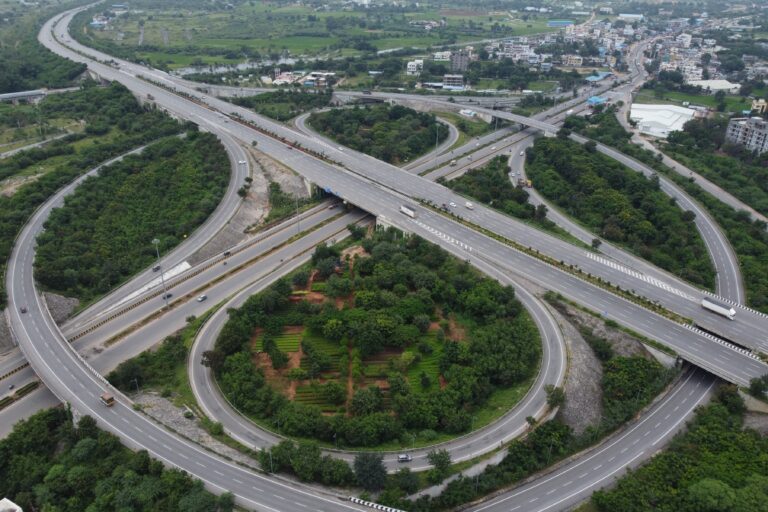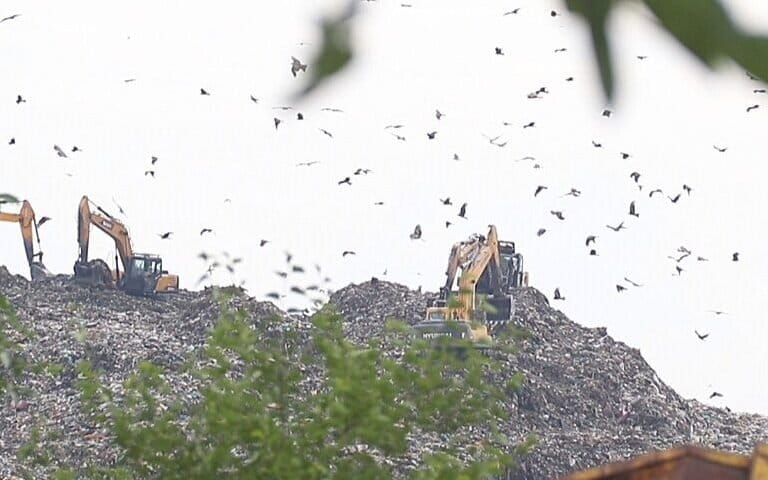- Indian scientists documented a higher abundance of microplastics swirling farther out in the Bay of Bengal waters than nearshore sites.
- Microplastics are shed by mismanaged plastic waste such as that from fishing practices and tourism industry along the coasts. The results from the study will serve as the primary data for India’s marine litter policy to be unveiled later this year.
- Despite legislations on plastic waste management, the production of plastics and its chemistry lies at the heart of the problem and needs to be addressed.
A recent study that traces the potential route of microplastics from Indian rivers to the sea finds that microplastics in the Bay of Bengal are mainly pumped in by rivers draining into it from India’s east coast, including from wetlands of international importance such as the Chilika lake.
The findings also spotlight India’s role in controlling plastic waste and its spillover into the ocean and atmosphere at the state, national and international levels. India has endorsed a UN resolution to end plastic pollution and forge an international legally binding agreement by 2024.
Microplastics are minuscule plastic pieces, less than five millimeters long (smaller than a grain of rice), which can be harmful to the ocean and aquatic life. In 2021, scientists found that microplastics are being shed into the atmosphere, mainly from roads, the ocean, and agricultural practices. Microplastics end up spiraling around the globe like the biogeochemical cycles of water or nitrogen. The scrutiny on the impacts of microplastics on human health is only recent; researchers documented the presence of microplastics inside the human body in two separate papers in 2022.
Sampling ocean waters to understand the concentration of microplastics
Scientists at India’s National Centre for Coastal Research (NCCR) sampled the Bay of Bengal waters to check the abundance, distribution and possible sources of microplastic contamination. They scooped up surface waters and sediment samples across 21 sites along 1200 km of the east coast, covering potential discharge sources of microplastics ranging from the Pulicat lake in Andhra Pradesh to Puri in Odisha. They documented a higher abundance of microplastics and fibers farther (10 km) into the Bay of Bengal (BoB) compared to their abundance three kilometres from the coast.

The microplastics in the Bay of Bengal likely stem from the breakdown of mismanaged waste – improper disposal of plastic packaging and abandoned fishing gears – in the sampled sites. The results from the study will serve as the primary data for India’s upcoming marine litter policy, said Pravakar Mishra at the National Centre for Coastal Research, the study’s lead author.
“We wanted to see what are the microplastics available in front of river mouths. In the long term, microplastics can interfere with the penetration of sunlight and affect the marine ecosystem,” Mishra told Mongabay-India.
The exercise threw up some surprises.
“We were expecting to see a higher concentration of microplastics off the Godavari river because it is a major river system. Unfortunately, we got a major concentration of microplastics in the ocean off Chilika lake (10 km offshore). The Chilika lake appears to be a sink because more than 50 small streams drain into it, including 12 distributaries of the Mahanadi river, and bring in packaging materials, plastic water pouches and bottles,” said Mishra.
Similarly, microplastics were abundant in water and sediment 10 km off Krishna and Penna rivers. Small-sized microplastics (less than a millimetre) are common and present deeper into the Bay of Bengal than nearshore sites (3 km off the coast). The researchers suspect plastic packaging and fishing gears account for the presence of polyolefins (polypropylene and polyethylene), as the dominant polymers detected as microplastics in the Bay of Bengal.
“The extensive fishing activities along the coast and failure to recover damaged and ghost fishing nets are possible sources of microplastics that we documented in the waters. Chilika, for example, sustains two lakh (200,000) fisherfolk and their families. And we still see Chilika, a Ramsar site, as pristine, but plastic pollution is not well studied in the wetland,” added Mishra, who aims to do a detailed investigation on microplastic pollution in the Chilika lake.

Read more: What would happen if the oceans are completely covered with plastic?
Waste management agreements
Earlier this year, India and 174 nations endorsed a historic resolution at the United Nations Environment Assembly in Kenya to complete a draft global legally binding agreement by the end of 2024. The treaty would reflect alternatives to address the full lifecycle of plastics, the design of reusable and recyclable products and materials, and the need for enhanced international collaboration to facilitate access to technology, capacity building and scientific and technical cooperation.
In July this year, India kicked off a ban on “manufacture, import, stocking, distribution, sale and use of identified single-use plastic items, which have low utility and high littering potential.”
“There are multiple efforts that are required to be taken to reduce the quantum of marine plastics and microplastics, and those efforts can be geared toward better waste management practices and better recycling of plastics (at this point in time global average is 90%; India claims 50%). So, this has to be moved up globally. The plastic management itself will have to go through EPR and its implementation by various state governments,” said Satish Sinha of environmental NGO Toxics Link.
Toxics Link collaborated with National Institute of Oceanography, Goa, to do a quantitative analysis of microplastics along river Ganga that found microplastics in all samples collected from the river at Haridwar, Kanpur and Varanasi. The organisation notes in an article on the India Water Portal that “river pollution is linked to human activity, and plastic waste management needs to improve substantially to control land-based pollution sources. Though Plastic Waste Management Rules have been in force in the country for some years, their implementation on the ground is very poor.”
Due to a lack of proper waste management infrastructure in India, there is a gap between the sewage generated (72,368 MLD or Minimal Liquid Discharge) and treated (20,235 MLD); as much as 52,133 MLD is let out as untreated sewage, states a 2021 report by the Central Pollution Control Board, India’s pollution watchdog.
Under the pan-India coastal clean-up activities to assess marine litter between 2018 and 2022, single-use plastics contributed to the majority of the waste piling up on the coasts.

Blocking the trash from reaching the seas
NCCR’s Pravakar Mishra adds that interceptor devices that block trash from going into the sea from rivers, in addition to strict implementation of existing legislations on waste management, could also address microplastic pollution of oceans.
Floating barriers of steel and aluminum, for example, snake across the river Cooum in southeast India, one of the shortest and also one of the dirtiest rivers draining into the Bay of Bengal. The floating barriers, set up at vantage points in the river as it winds its way through Chennai city, work 24X7 to trap trash in the river, blocking it from making its way into the ocean.
As the trash gathers, once in a few days, it is scooped up by excavators and sent away by trucks. “In the first year (2017) when we deployed the barriers along eight locations on Cooum, we trapped 2,200 tons of plastic in total which were 10% of the total trash arrested there. Then every year since then, roughly 10% of total trash is plastic,” explained former mariner D.C. Sekhar, founder and director of AlphaMERS Ltd., a technology development company. The company has set up the barriers in other cities as well.
Recent research has shown that more than 1,000 rivers account for 80% of global annual plastic emissions (plastic dumped into oceans), which range between 0.8 million and 2.7 million metric tons per year, with small urban rivers among the most polluting. In the sea, ship spillages, fishing trawlers, and coastal gas platforms also leave behind a trail of plastic debris.
Over time, much of the plastic debris undergoes fragmentation and degradation into tiny particles by physical forces such as waves and currents, ultraviolet radiation and microbial breakdown. Microplastics can remain afloat or sink to the seafloor and accumulate in sediments, depending on their density. They can be ingested by both suspension and filter-feeders. More than 800 marine and coastal species are affected by this pollution through ingestion, entanglement, and other dangers, according to the information posted by UNEP.
By 2050 greenhouse gas emissions associated with plastic production, use and disposal would account for 15% of allowed emissions, under the goal of limiting global warming to 1.5°C (34.7°F).
What is more concerning about microplastics’ irretrievability and ubiquity is their potential of leaching additives out of microplastics, says Ravi Agarwal at Toxics Link. Plastic additives, a cocktail of hazardous chemicals, make plastic more durable, flexible and heat-resistant.
“We are only looking at their (microplastics) material presence; we are not talking about the kind of plastic,” says Agarwal.
“Not all the plastics have the same additives; we’re not talking about additives in the dialogue on microplastics. The two problems with plastic as we know is degradability, and additives. So that goes to the heart of the production chemistry; we have almost no regulation which talks about plastics per se, we talk about plastic products,” Agarwal told Mongabay-India.
Read more: The world agrees on treaty to end plastic pollution
Banner image: Sampling microplastics with a manta net in the Bay of Bengal. Photo by NCCR.













